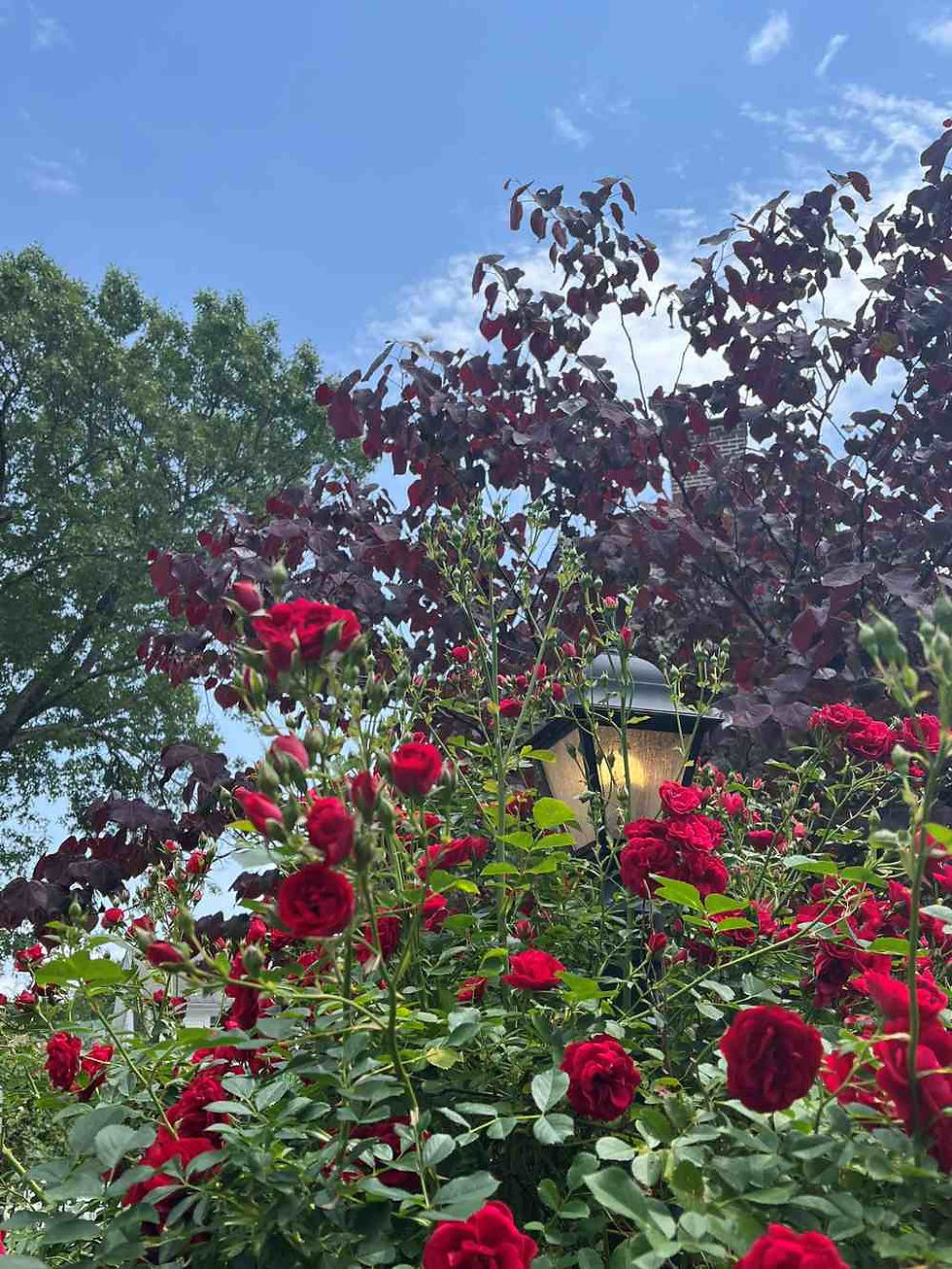Glaze, a New Tool for Protecting Your Artwork from AI
- LaCalaveraCat
- Mar 17, 2023
- 3 min read
Updated: Mar 23, 2023

I’m just a hobbyist artist. You know when you go to a community landscape art class, and you see all those retired folks chatting with each other about the investment or gardening class they just took, their art supplies in hand -- well, I’m now one of those old-at-life new-to-art artists.
Of course, as I create more art, I post an increasing amount of it online. I know there’s a chance that these images will get sucked up into the vacuum image sets used to train AI models.
Did you know you can check the “Have I Been Trained” website to see if your art is being used to train AI? A group of artists created the site to help you see if your art has been added to the massive Laion-5B and Laion-400M data sets, which have been used to train AI tools like Stable Diffusion. As I suspected, I’m too small potatoes to be in a data set even that large. But definitely check it out. I saw hundreds and hundreds of amateur portraits and still life paintings of oranges and grapes. And in those images, I saw the hard work, creativity, and originality behind all of those different artists. This is a bit of an aside, but whenever I see AI art generated from a prompt, it all looks the same to me -- dark, flat, lacking soul.
Back to the topic at hand: The artist group that created the site, Spawning, says that they are aiming to create more ethical interactions between artists and AI tool creators. I may write more about them in the future, but it is great to see artists taking the reins in how we can interact with these tech vultures swooping in to profit off of copyrighted images.
Another group working to help artists protect themselves is a group of research students and professors at the University of Chicago (Security, Algorithms, Networks and Data) SAND Lab, led by Neubauer Professor Ben Zhao. They have created a tool, called Glaze, that puts a digital glaze on top of artwork. This glaze doesn’t actually hide your art from the AI tools. What it does is mask the style of your art. So, let’s say you are Artist Colorful X. You have a very distinct, over-the-top style of art that uses highly saturated colors and thick black outlines. The tool will trick the AI model as it gathers up all of your online images into applying a completely different style, maybe Van Gogh or Edward Gorey. What is supposed to happen then is that if someone types in a prompt that says, “landscape painting in the style of Artist Colorful X,” the results may be paintings in the style of Van Gogh instead. Check out the Glaze about page, there is a fantastic graphic that explains the process very clearly.

I tested the tool out on my own. It was pretty easy for even an old fogey like me. The UI is simple and intuitive.
But there are a few notes:
It’s a large download. It will require 4GB of storage before you can download it. I also had to close out my Illustrator app before using it, since apparently my computer is a jalopy that freaks out when more than one powerful image tool is being used.
It takes a long time to render. The lowest-level glaze will take at least 20 minutes to render. If you’re quickly creating a blog post and want to add in some of your artwork, you’ll need to bake in that rendering time.
There are some visual artifacts that get added to the images. I’m not actually uploading artwork for work, so that didn’t bother me. But the higher-level glaze you add, the more prominent the artifacts become. You can see an example in the photo I've uploaded with this post. You can see the artifacts in the far-right image especially around the neck and in the background paint. At this point, I have only tried it with an image of an oil painting, and I haven’t tried it with vector art or digital art. It’s possible that the artifacts are less noticeable with those mediums.
It’s not a perfect tool, of course. AI is evolving at lightning speed. The developers even note on their site:
“It is important to note that Glaze is not panacea, but a necessary first step towards artist-centric protection tools to resist AI mimicry. We hope that Glaze and followup projects will provide some protection to artists while longer term (legal, regulatory) efforts take hold.”
Even if there are caveats, I for one am heartened to see so many groups banding together to make sure that AI art models work ethically with the only reason they can even exist—artists.




Comments